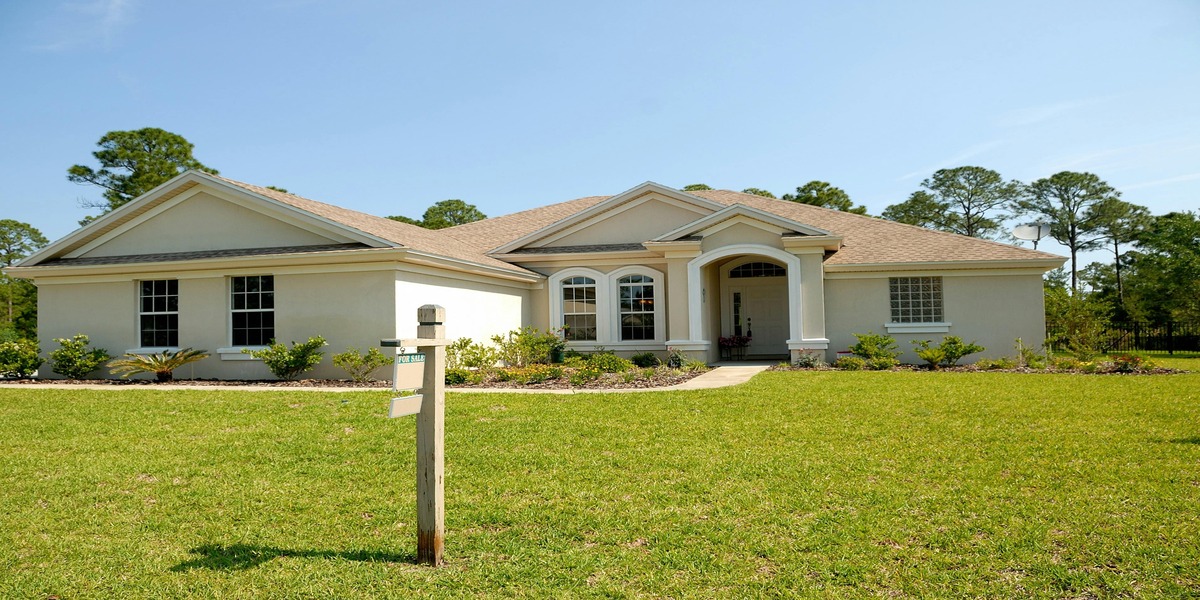From Cost To Value: Real Estate’s Shift

Q1. Could you start by giving us a brief overview of your professional background, particularly focusing on your expertise in the industry?
I have a solid background in engineering and project management, with extensive experience across construction, design, consultancy, and supervision. Over the past 20 years, I’ve specialized in delivering large-scale projects spanning residential, commercial, and infrastructure developments, with a particular focus on Fit-out, finishes, and fire & life safety, sustainable design, and compliance with international standards. My expertise lies in balancing technical excellence with client priorities, ensuring that projects are delivered efficiently, safely, and sustainably.
Q2. How are green building standards and sustainability requirements influencing design and construction choices?
Green building standards like LEED, WELL, and Estidama (UAE) and ANSANAH (KSA) are forcing developers and consultants to adopt energy-efficient systems, sustainable materials, and smarter designs; these requirements are shaping not only the technical specifications but also supply chains, material selection, and long-term operational strategies for buildings. Sustainability is no longer optional; it is now a baseline expectation. The trend is clear: projects that do not meet sustainability benchmarks risk lower value and lower investor interest.
Q3. Have you observed clients demanding more tech-enabled features, like IoT integration or smart energy systems, in new developments?
Absolutely. Clients increasingly expect buildings to be tech-enabled and future-ready. Intelligent energy systems, IoT-based monitoring, automated lighting/HVAC, and integrated fire safety management systems are now common requests. These features not only enhance operational efficiency but also provide measurable ROI through reduced utility costs and improved user experience. For many clients, technology is becoming a key differentiator in market positioning, particularly in the luxury and commercial segments.
Q4. How has the volume of residential vs. commercial vs. infrastructure projects shifted, and what does that suggest about market growth rates?
We’re witnessing a notable shift toward mega-infrastructure and mixed-use developments, particularly in fast-growing regions such as the Gulf (UAE and KSA). Residential demand remains steady, particularly in the mid-market and affordable housing segments; however, commercial real estate has become more selective and tech-driven. Infrastructure projects, including transport hubs and urban mobility solutions, are gaining momentum, signaling governments’ commitment to long-term urban growth. This diversification suggests the market is expanding, but with different growth rates across segments — infrastructure leading, followed by residential, and then selective commercial.
Q5. How are you seeing client priorities evolve — are they more focused on speed, sustainability, technology integration, or cost?
Client priorities are increasingly balanced rather than singular. Speed remains critical, especially in competitive markets, but there’s a growing emphasis on sustainability and technology integration as long-term value drivers. Cost sensitivity remains essential, but clients are increasingly willing to invest in solutions that reduce lifecycle costs, rather than just initial capital expenditures. In short, the conversation is shifting from “lowest cost” to “best long-term value.”
Q6. Which competitors do you notice gaining traction in segments like luxury residential, mega infrastructure, or hospitality?
In the luxury residential sector, boutique firms with strong design identities are gaining traction due to their ability to deliver unique, branded experiences. In mega infrastructure, large multinational EPC contractors with deep financing and technical capabilities remain dominant. Hospitality is seeing a rise in companies that can combine sustainable, tech-driven guest experiences with operational efficiency — especially those aligned with global hotel brands (Rosewood - Six Senses - IHG - etc.). The key differentiator across all segments is the ability to innovate while staying compliant and cost-effective.
Q7. If you were an investor looking at companies within the space, what critical question would you pose to their senior management?
The critical question I would ask is:
“How resilient is your business model to upcoming shifts in regulation, technology, and sustainability requirements — and what steps are you taking today to future-proof your operations?”
This question forces leadership to demonstrate not just current performance, but also their ability to adapt to decarbonization mandates, digital transformation, and evolving client expectations.
Comments
No comments yet. Be the first to comment!
